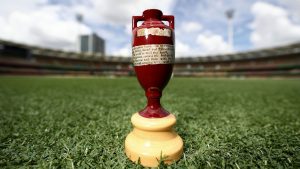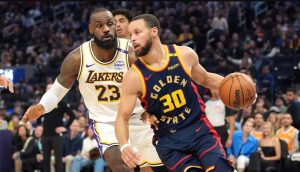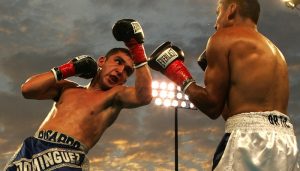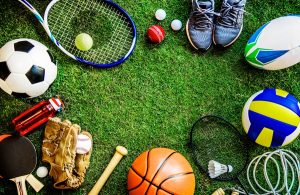The Science Behind a Winning Race Horse

While good breeding definitely plays a pivotal role in the overall quality of a race horse, it’s not the only key ingredient in producing a champion. Along with fine breeding, training, psychology and physiology also play major roles in determining a race horse’s future as a winner.
A champion thoroughbred isn’t just “born to win”. There is more to it than that and in this post we’ll go over some key areas that help to ensure a horse is in top shape and has every chance of winning races.
The Genes Have It
It’s true that to become a champion race horse, winning the genetic lottery definitely plays a major role. Not every horse born has the right combination of physiological ingredients required to become one of the elite.
During a race the distance of the Melbourne Cup, a race horse will consume about 250 litres of oxygen, with the heart pumping 300 litres of blood every minute.
Many race horses also need to possess the physical capacity of both endurance, and the ability to sprint to the line. Of course, this will vary from horse to horse. Some horses are only ever suited to short sprint races, while others endurance events only.
Melbourne Cup horses really need both endurance and speed to have a chance of winning the race that stops a nation. They require a high concentration of fast twitch muscle fibres, with just enough slow twitch fibres to be able to last the race distance without falling behind.
It’s a fine balance, and only elite horses have this capacity.
Psychology
Some horses are just far too excitable to become great race horses, no matter if they are well bred or well trained. If a horse can never remain calm and is always agitated, it’s likely to under perform on the track because too much energy is being spent in its excitement. A calm horse generally wins on the day.
While some horses may start out life being agitated, over time, with TLC and training, many of these horses settle down and tend to get used to life as a race horse, learning what’s expected of them.
The better the horse and jockey know each other, the more likely the horse will remain calm on race day, so while a horse’s psychology is important, it’s just as important that the jockey and horse are comfortable with each other and can work together.
Avoiding Injury In Race Horses
Accidents on the track and during training do happen, and often these can’t be foreseen or avoided. However, there are other more insidious and less obvious injuries that race horses can develop, and with diligence, careful training and a watchful eye, these injuries can be avoided with a bit of luck as well.
Fatigue failure of both tendon and bone is quite common amongst race horses, and it can include things like:
- Bone fractures
- Chip fractures
- Tendon & ligament injuries
- Joint injuries
A lot of stress is applied to the limbs of a race horse, both during racing and training. Repeated high loading on the horse’s limbs and joints is the cause of fatigue failure and injury can often result with no warning.
This isn’t a form of tiredness on the horse’s part. Instead, fatigue failure is the deterioration of tendons and bone over time, resulting in an injury in the form of a sprain or break.
Everyone involved in the training of race horses needs to understand the reasons why fatigue failure can occur, and therefore develop training regimes where the horse gets adequate rest and recuperation, allowing bones, ligaments and tendons a chance to recuperate rather than gradually getting worn out.
Training for Long Races
The Melbourne Cup is one of the longest races around, and to properly train a horse to be competitive over the 3200 metre distance, trainers put the horse through a series of fast gallops for short distance sprints to the finish line, as well as slower, longer gallops so the horse can maintain speed throughout the duration of the race.
A lot goes into the breeding, maintenance and training of a champion race horse; especially for huge races like the Melbourne Cup.






